I have dataframe, but all strings are duplicated and when I try print the graph, It contain duplicated column. I try to delete it, but then my graph print incorrectly. My csv is here.
DataFrame common_users:
used_at common users pair of websites
0 2014 1364 avito.ru and e1.ru
1 2014 1364 e1.ru and avito.ru
2 2014 1716 avito.ru and drom.ru
3 2014 1716 drom.ru and avito.ru
4 2014 1602 avito.ru and auto.ru
5 2014 1602 auto.ru and avito.ru
6 2014 299 avito.ru and avtomarket.ru
7 2014 299 avtomarket.ru and avito.ru
8 2014 579 avito.ru and am.ru
9 2014 579 am.ru and avito.ru
10 2014 602 avito.ru and irr.ru/cars
11 2014 602 irr.ru/cars and avito.ru
12 2014 424 avito.ru and cars.mail.ru/sale
13 2014 424 cars.mail.ru/sale and avito.ru
14 2014 634 e1.ru and drom.ru
15 2014 634 drom.ru and e1.ru
16 2014 475 e1.ru and auto.ru
17 2014 475 auto.ru and e1.ru
.....
You can see that names of websites reversed. I try to sort it by pair of websites by I have KeyError. I use code
df = pd.read_csv("avito_trend.csv", parse_dates=[2])
def f(df):
dfs = []
for x in [list(x) for x in itertools.combinations(df['address'].unique(), 2)]:
c1 = df.loc[df['address'].isin([x[0]]), 'ID']
c2 = df.loc[df['address'].isin([x[1]]), 'ID']
c = pd.Series(list(set(c1).intersection(set(c2))))
#add inverted intersection c2 vs c1
c_invert = pd.Series(list(set(c2).intersection(set(c1))))
dfs.append(pd.DataFrame({'common users':len(c), 'pair of websites':' and '.join(x)}, index=[0]))
#swap values in x
x[1],x[0] = x[0],x[1]
dfs.append(pd.DataFrame({'common users':len(c_invert), 'pair of websites':' and '.join(x)}, index=[0]))
return pd.concat(dfs)
common_users = df.groupby([df['used_at'].dt.year]).apply(f).reset_index(drop=True, level=1).reset_index()
graph_by_common_users = common_users.pivot(index='pair of websites', columns='used_at', values='common users')
#sort by column 2014
graph_by_common_users = graph_by_common_users.sort_values(2014, ascending=False)
ax = graph_by_common_users.plot(kind='barh', width=0.5, figsize=(10,20))
[label.set_rotation(25) for label in ax.get_xticklabels()]
rects = ax.patches
labels = [int(round(graph_by_common_users.loc[i, y])) for y in graph_by_common_users.columns.tolist() for i in graph_by_common_users.index]
for rect, label in zip(rects, labels):
height = rect.get_height()
ax.text(rect.get_width() + 3, rect.get_y() + rect.get_height(), label, fontsize=8)
plt.show()
My graph looks like:


